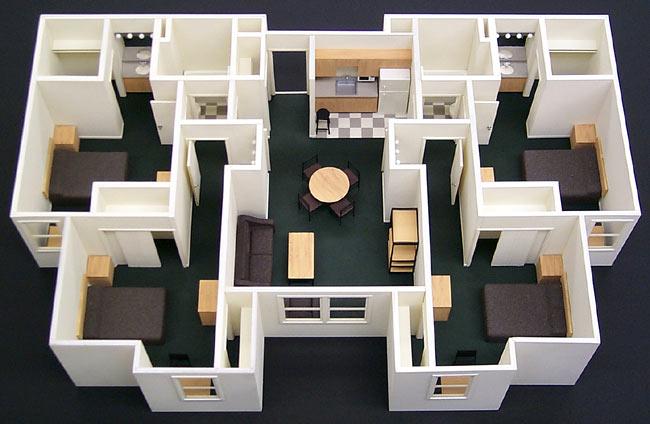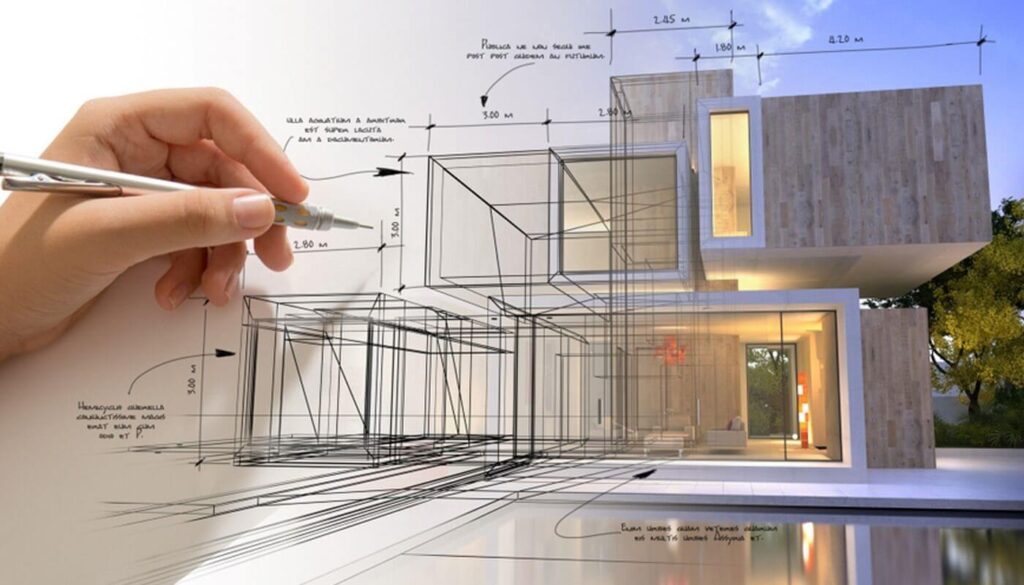Gorgeous Countryside Homes Interior Design for Nature-Inspired Living
Gorgeous Countryside Homes Interior Design for Nature-Inspired Living
Blog Article
The Art of Equilibrium: How Interior Design and Home Designer Collaborate for Stunning Outcomes
In the realm of home layout, striking an equilibrium in between visual appeals and functionality is no small feat. This delicate stability is attained via the unified partnership between interior designers and engineers, each bringing their unique competence to the table. Remain with us as we discover the intricacies of this collaborative procedure and its transformative influence on home style.
Comprehending the Core Differences In Between Interior Decoration and Home Design
While both Interior Design and home architecture play important roles in developing visually pleasing and functional spaces, they are naturally various self-controls. Home architecture largely concentrates on the architectural elements of the home, such as constructing codes, safety laws, and the physical building and construction of the room. It manages the 'bones' of the structure, dealing with spatial dimensions, load-bearing wall surfaces, and roofing system designs. On the various other hand, Interior Design is extra concerned with enhancing the aesthetic and sensory experience within that framework. It involves choose and preparing furniture, choosing shade schemes, and integrating decorative aspects. While they operate in tandem, their duties, duties, and areas of knowledge deviate substantially in the creation of an unified home atmosphere.
The Synergy Between Home Design and Inside Design
The synergy between home design and Interior Design lies in a shared vision of style and the improvement of useful looks. When these 2 areas straighten harmoniously, they can transform a living space from average to remarkable. This partnership calls for a deeper understanding of each self-control's concepts and the capability to produce a natural, aesthetically pleasing environment.
Unifying Layout Vision
Unifying the vision for home design and Interior Design can develop an unified living area that is both practical and cosmetically pleasing. The equilibrium begins with an incorporated attitude; designers and interior designers collaborate, each bringing their knowledge. This unison of ideas creates the style vision, a blueprint that overviews the project. This common vision is vital for uniformity throughout the home, making sure a liquid shift from outside style to indoor areas. It promotes a synergistic strategy where building components enhance Interior Design elements and the other way around. The result is a cohesive space that reflects the house owner's way of life, character, and taste. Therefore, unifying the design vision is critical in mixing design and Interior Design for sensational outcomes.
Enhancing Functional Looks
Just how does the harmony in between home architecture and indoor layout boost useful aesthetic appeals? Designers lay the foundation with their architectural style, making sure that the area is effective and useful. An engineer might design a house with high ceilings and large home windows.
Significance of Collaboration in Creating Balanced Spaces
The cooperation in between interior developers and architects is pivotal in creating well balanced spaces. It brings consistency between layout and design, bring to life areas that are not just visually pleasing but additionally functional. Discovering successful joint techniques can give insights right into how this harmony can be successfully achieved.
Balancing Layout and Design
Balance, an essential facet of both indoor layout and style, can just genuinely be accomplished when these two fields work in consistency. This joint procedure results in a cohesive, balanced layout where every component contributes and has a purpose to the total visual. Balancing design and architecture is not just about developing beautiful rooms, however about crafting spaces that function effortlessly for their occupants.
Successful Collaborative Approaches

Case Researches: Successful Integration of Layout and Design
Taking a look at several instance research studies, it becomes noticeable just how the successful assimilation of Interior Design and style can transform a space. The Glass Home in Connecticut, renowned for its minimalistic style, is one such instance. Architect Philip Johnson and indoor designer Mies van der Rohe worked together to create an unified balance between the interior and the structure, causing a seamless circulation from the exterior landscape to the internal living quarters. Another exemplar is the Fallingwater view Residence in Pennsylvania. Architect Frank Lloyd Wright and indoor designer Edgar Kaufmann Jr.'s collective initiatives cause a stunningly special residence that mixes with its natural environments. These study underline the profound effect of an effective design and design collaboration.

Overcoming Obstacles in Style and Architecture Cooperation
In spite of the undeniable benefits of an effective collaboration in between Interior Design and style, it is not without its difficulties. Communication problems can arise, as both events may make use of different terminologies, understandings, and techniques in their work. This can lead to misconceptions and hold-ups in job conclusion. An additional significant obstacle is the harmonizing Visit This Link act of appearances and performance. Engineers might prioritize architectural integrity and security, while designers concentrate on convenience and style. The assimilation of these goals can be complicated. Additionally, budget plan and timeline restraints commonly include pressure, possibly creating rifts in the partnership. Therefore, reliable communication, good understanding, and concession are important to get over these challenges and accomplish a successful and harmonious partnership.

Future Patterns: The Developing Partnership Between Home Architects and Inside Designers
As the world of home design continues to evolve, so does the relationship between architects and interior developers. Conversely, interior developers are welcoming technological facets, affecting general design and performance. The future promises a more cohesive, cutting-edge, and flexible strategy to home layout, as designers and architects proceed to obscure the lines, promoting a connection that really embodies the art over at this website of equilibrium.
Conclusion
The art of equilibrium in home design is attained through the unified collaboration in between interior developers and architects. In spite of challenges, this collaboration promotes development and development in layout.
While both interior layout and home architecture play crucial roles in developing aesthetically pleasing and practical rooms, they are inherently various disciplines.The harmony in between home architecture and indoor design lies in a common vision of layout and the enhancement of practical aesthetic appeals.Unifying the vision for home style and interior style can develop a harmonious living area that is both useful and aesthetically pleasing. Therefore, unifying the style vision is crucial in blending design and indoor design for sensational outcomes.
How does the synergy in between home style and indoor design enhance practical appearances? (Winchester architect)
Report this page